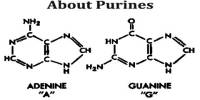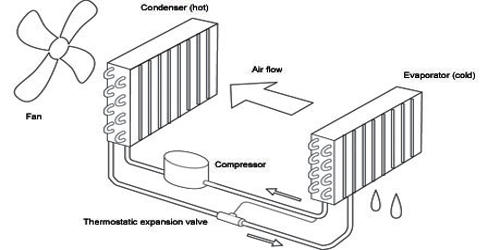Scandium nitride (ScN) is a semiconductor with a binary III-V indirect bandgap. It is a semiconductor with a rocksalt structure that has piqued the interest of researchers due to its potential applications in thermoelectric energy conversion devices and as a semiconducting component in epitaxial metal/semiconductor superlattices. It is a transition metal nitride semiconductor with exceptional properties such as hardness, melting point, and electron mobility.
Scandium nitride (ScN) is a rocksalt semiconductor that has piqued the interest of numerous researchers for a wide range of applications.
Properties
It is made up of scandium cation and nitride anion. Through sublimation and recondensation, it forms crystals that can be grown on tungsten foil. It has a rock-salt crystal structure with a 0.451-nanometer lattice constant, an indirect bandgap of 0.9 eV, and a direct bandgap of 2 to 2.4 eV. These crystals can be made by dissolving nitrogen gas in indium-scandium melts, magnetron sputtering, MBE, HVPE, and other methods of deposition.
- Molecular Weight: 58.9626
- Appearance: Powder
- Melting & Boiling Point: N/A
- Density: N/A
- Solubility in H2O: N/A
- Exact Mass: 58.959
- Monoisotopic Mass: 58.959
Scandium Nitride can also be used as a gate material for semiconductors on a silicon dioxide (SiO2) or hafnium dioxide (HfO2) substrate. This material has a wide range of potential applications in novel optical, electrical, and piezoelectric devices. ScN layers have been deposited using a variety of techniques, including reactive sputtering, reactive evaporation, molecular beam epitaxy, and chemical vapor deposition. Two direct band gaps, 1.8-2.6 eV and 2.9-4.9 eV, are calculated from the X valence band to the X conduction band and from the Γ valence band to the Γ conduction band, respectively.
Only one direct bandgap measurement in the 2.03-3.2 eV range has been reported in experimental studies. The discrepancy between the experimental and calculated results has been attributed to structural flaws, nitrogen vacancies, and impurities.
Application
ScN thin films have piqued the interest of researchers because they improve the performance of gallium nitride devices due to a favorable lattice match between the two crystalline structures. ScN also exhibits promising thermoelectric properties. However, for such applications, it is preferable to reduce its relatively high thermal conductivity, which ranges between 8 and 12 W•m-1•K-1. It was discovered that different super-lattices and multi-layers fabricated using different methods could be used to reduce conductivity.
















